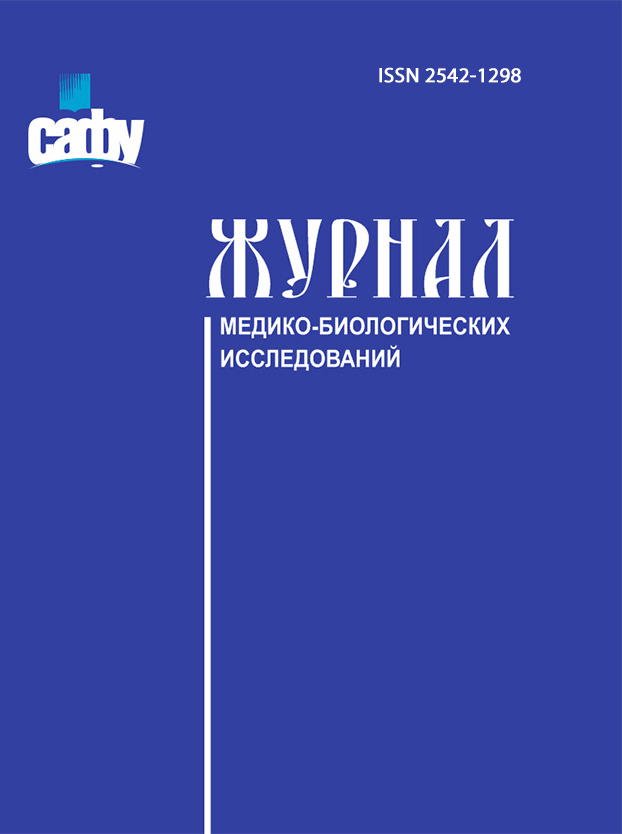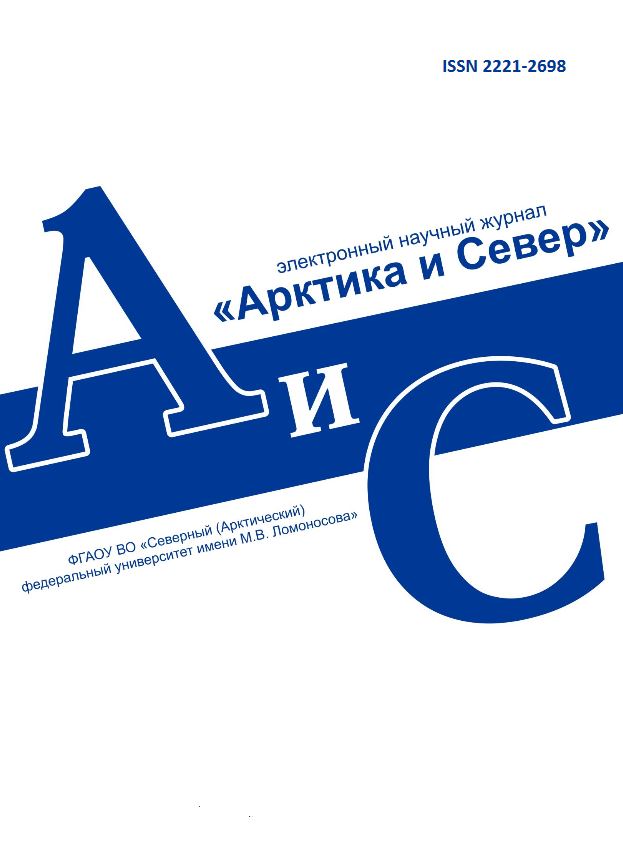
Vestnik of Northern (Arctic) Federal University.
Series "Humanitarian and Social Sciences"
ISSN 2227-6564 e-ISSN 2687-1505 DOI:10.37482/2687-1505
Legal and postal addresses of the founder and publisher: Northern (Arctic) Federal University named after M.V. Lomonosov, Naberezhnaya Severnoy Dviny, 17, Arkhangelsk, 163002, Russian Federation Editorial office address: Vestnik of Northern (Arctic) Federal University. Series "Humanitarian and Social Sciences", 56 ul. Uritskogo, Arkhangelsk
Phone: (8182) 21-61-20, ext. 18-20 ABOUT JOURNAL |
Section: Linguistics Download (pdf, 0.5MB )UDC[81’367+81’22]:811.112.2DOI10.37482/2687-1505-V318AuthorsOlesya P. KolesnikovaCand. Sci. (Philol.), Senior Lecturer at the Department of Scientific and Technical Translation and Professional Communication, Don State Technical University (address: pl. Gagarina 1, Rostov-on-Don, 344010, Russian Federation). e-mail: Ole-ole-olesija@yandex.ru, ORCID: https://orcid.org/0000-0003-4076-1288 AbstractThe article investigates enantiosemy as a linguistic phenomenon. It is understood here as a complex, multidimensional object, which is both a phenomenon that reflects a certain essence and a general linguistic category. Along with studies into enantiosemy at the phonetic, morphological, lexical, phraseological and phraseosyntactic levels, publications on enantiosemy at the syntactic level are of particular interest, since this research area is at the initial stage of development. Therefore, the purpose of this article was to study enantiosemic syntactic constructions. As the material the author used German-language works of fiction. The paper considers several enantiosemic syntactic constructions in the form of complex sentences with adverbial clauses of comparison with conjunctions als ob and als (with als wäre, als hätte, als würde). These constructions are characterized by the use of a predicate in Konjunktiv II. The asymmetry of the form and content of the syntactic constructions is investigated. Considering that enantiosemy is based on opposition, context plays an important role in the actualization of the opposite meaning. The author found that when determining the enantiosemic nature of the constructions under study, context is not always required. In addition, it is noted that in most cases the selected syntactic constructions are asymmetrical. According to the results of the study, some of the proposed schemes, which can help to identify such constructions in the German language, can be introduced into scholarly discourse. The analysis of enantiosemic syntactic constructions contributes to further research into German syntax and can be of use when translating German texts.Keywordsenantiosemy, syntactic construction, context, Konjunktiv II, comparative clauses, irreality, linguistic asymmetryReferences
|
Make a Submission
INDEXED IN:
|
Продолжая просмотр сайта, я соглашаюсь с использованием файлов cookie владельцем сайта в соответствии с Политикой в отношении файлов cookie, в том числе на передачу данных, указанных в Политике, третьим лицам (статистическим службам сети Интернет).






